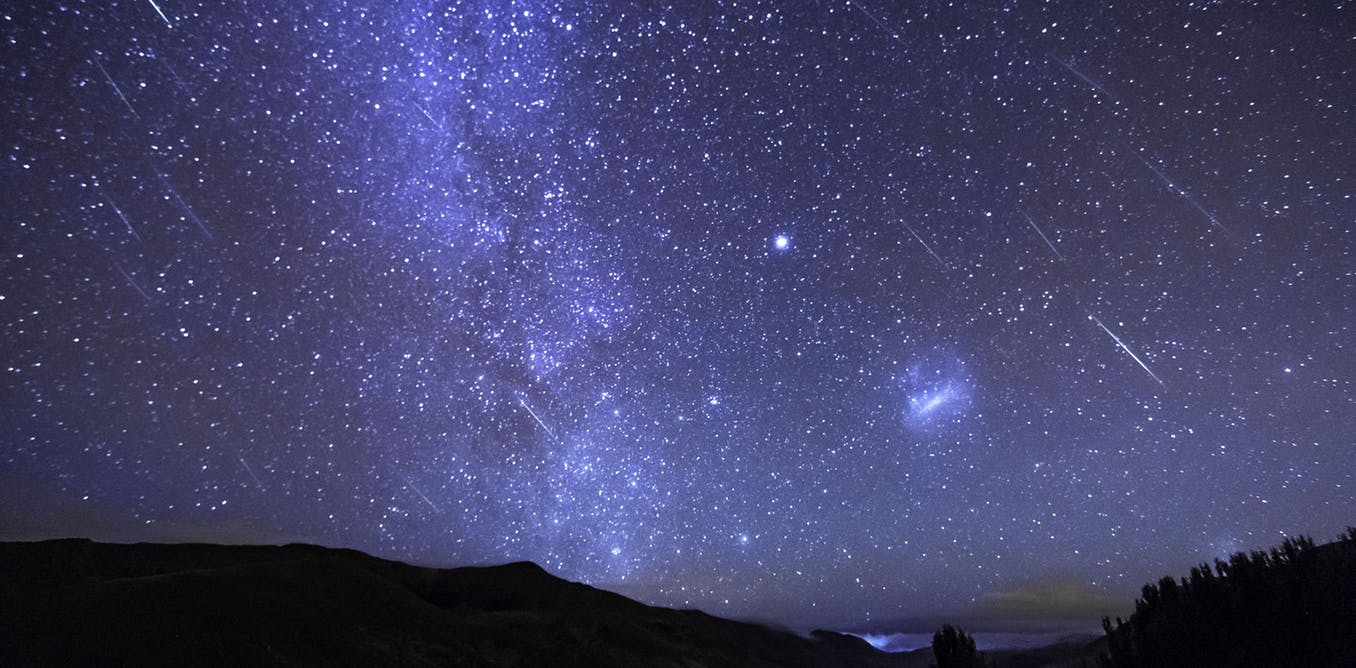
Super Moons and Meteor Showers to usher in the New Year
by Yash Saboo January 3 2018, 8:27 pm Estimated Reading Time: 2 mins, 32 secsThe night sky on any clear night offers an ever-changing display of fascinating objects you can see, from stars and constellations to bright planets, often the moon, and sometimes special events like meteor showers. Observing the night sky can be done with no special equipment, although a sky map can be very useful, and a good beginner telescope or binoculars will enhance some experiences and bring some otherwise invisible objects into view. This new year brings along spectacular views of the night sky, many of which will be visible in the month of January.

The Conversation
What's so special about a super moon? Turns out, it's a bit more subtle than it sounds—but for the interested observer, there's plenty to see. The phenomenon “super moon” occurs when the moon becomes full on the same day it reaches its perigee, the point in the moon’s elliptical orbit when it is closest to Earth.
Stargazers have shared their images of this full moon on social media and they sure are giving those fireworks videos posted on New Year Eve’s night a run for their money.
“The moon looked magnificent,” said David Blanchflower, who snapped a photo of it in the United Kingdom. “Dominating the night sky with its incredible brightness. Awe-inspiring.”
If you miss January’s first full moon — nicknamed a wolf moon — don’t worry, there’s another one this month, on the 31st. NASA is calling this the “biggest and brightest” one for the entire year and so is not disappointing at all.
The moon was about 14 per cent bigger and 30 per cent brighter than usual. And that will be caused again by the fact that moon will be at perigee, or the part of its oval-shaped orbit where it's closest to the Earth. That happens once every two-and-a-half year – though obviously them lining up with a super moon is even more rare. All that together has led to the strange name of super blue blood moon.
On Monday, January 1, Mercury reached its greatest angle west of the sun, it was visible low in the eastern sky for about an hour before sunrise. In a telescope, the planet exhibited a waxing gibbous phase. With Mercury well above a shallow morning ecliptic (green line), this apparition was a good one for northern hemisphere observers, but a poor one for observers in the southern hemisphere.
The year also begins with a flurry of Quadrantids meteors. Active from the 1st to the 6th, the shower peaks at about 15:00 on the 3rd. Its medium-speed meteors stream from a radiant in northern Bootes which skims low across the N evening sky and lies below the Plough’s handle as the latter climbs through our NE later in the night. With negligible interference from moonlight, the best times to watch maybe before dawn on the 3rd, and after nightfall as meteors trace long paths from N to S across the sky.




-173X130.jpg)
-173X130.jpg)
-173X130.jpg)
-173X130.jpg)
-173X130.jpg)
_(1)-173X130.jpg)

-173X130.jpg)